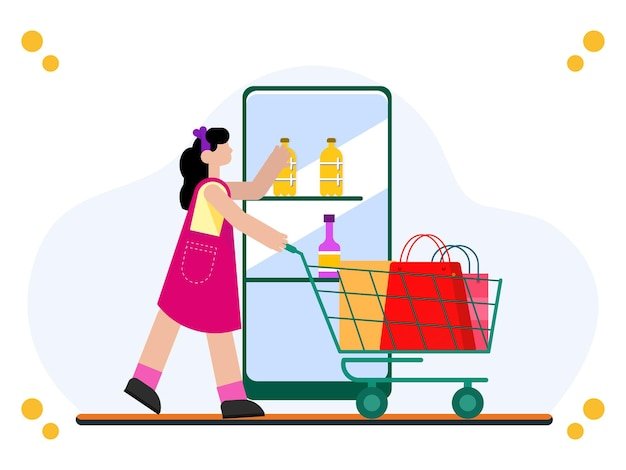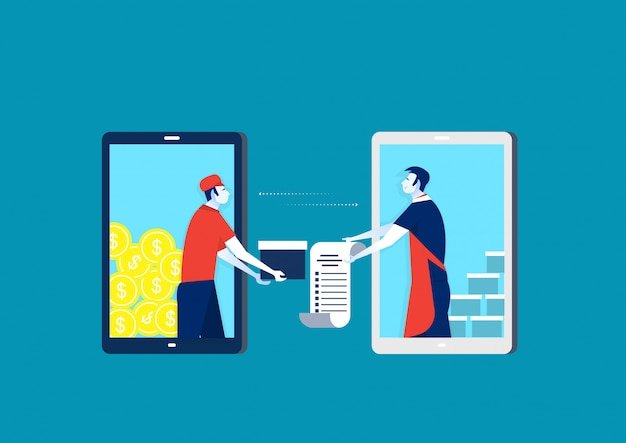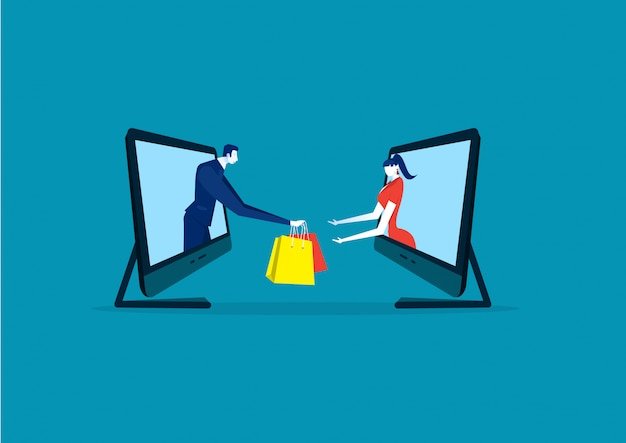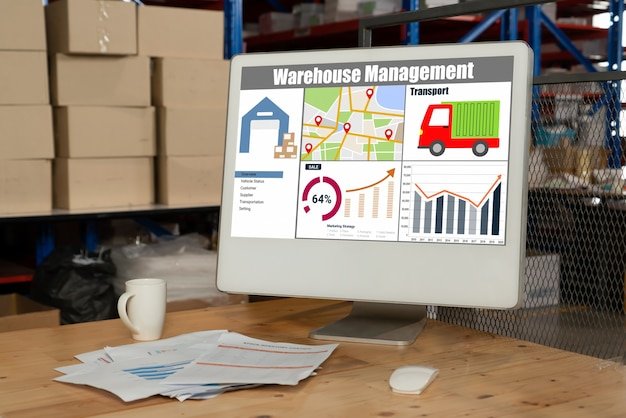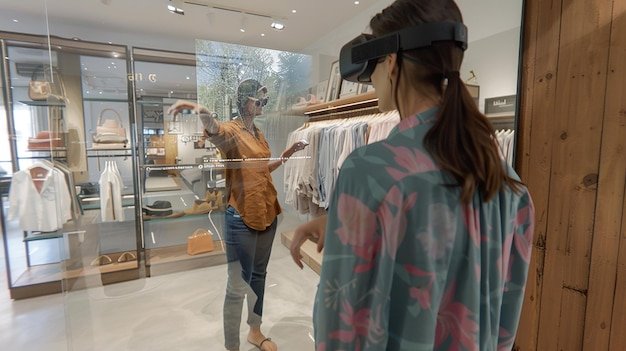Buy Now Pay Later (BNPL) EUA trends are rapidly evolving, with increasing adoption among younger consumers, integration with mobile wallets, and a focus on personalized financial solutions.
The Buy Now Pay Later EUA trends are reshaping the landscape of online shopping, offering consumers flexible payment options. Understanding these trends is crucial for both consumers and retailers aiming to navigate the evolving financial ecosystem.
Understanding the Rise of Buy Now Pay Later in the USA
Buy Now Pay Later (BNPL) services have surged in popularity across the USA, transforming how consumers approach online shopping. This payment method allows shoppers to split purchases into smaller, more manageable installments, often without incurring interest if payments are made on time.
The appeal of BNPL lies in its simplicity and accessibility, providing an alternative to traditional credit cards. For many, it offers a way to make purchases that might otherwise be unaffordable.

Key Drivers Behind BNPL Growth
Several factors have contributed to the rapid growth of BNPL in the USA. These include changing consumer preferences, technological advancements, and the economic impact of recent years.
- Increased Online Shopping: The shift towards e-commerce has created a fertile ground for BNPL services.
- Millennial and Gen Z Adoption: Younger consumers are more likely to embrace BNPL as a budgeting tool.
- Economic Uncertainty: BNPL offers a flexible payment solution during times of financial instability.
The rise of BNPL also reflects a broader trend towards financial inclusivity, providing options for those who may not have access to traditional credit.
In conclusion, the increasing popularity of Buy Now Pay Later services in the USA is driven by a combination of factors, including the convenience they offer, their appeal to younger demographics, and their role in providing financial flexibility.
Current Buy Now Pay Later EUA Trends
The Buy Now Pay Later (BNPL) market in the USA is dynamic, with several emerging trends shaping its future. These trends reflect evolving consumer needs and technological advancements.
Understanding these trends is essential for businesses looking to integrate BNPL options and for consumers seeking to make informed financial decisions.
Mobile Wallet Integration
One significant trend is the seamless integration of BNPL services with mobile wallets like Apple Pay and Google Pay. This integration enhances convenience and accessibility for consumers.
By embedding BNPL options within mobile wallets, users can easily access and manage their payment plans on the go.
- Enhanced User Experience: Streamlined checkout process within mobile wallets.
- Increased Adoption: Easier access encourages more consumers to use BNPL.
- Personalized Offers: Mobile wallets can offer tailored BNPL options based on user behavior.
Personalized Financial Solutions
Another key trend is the shift towards personalized financial solutions. BNPL providers are leveraging data analytics to offer customized payment plans and incentives.

This personalization enhances the user experience and encourages responsible spending habits.
In conclusion, current Buy Now Pay Later trends in the USA include the integration of BNPL services with mobile wallets, providing a more convenient and accessible payment experience. Additionally, the move towards personalized financial solutions is tailoring BNPL offerings to individual consumer needs and behaviors.
The Impact of BNPL on Retail and E-commerce
Buy Now Pay Later (BNPL) services are significantly impacting both retail and e-commerce sectors in the USA. These payment solutions are influencing consumer behavior and reshaping business strategies.
For retailers, offering BNPL options can lead to increased sales and customer loyalty. Consumers, on the other hand, benefit from greater purchasing power and flexible payment terms.
Boosting Sales and Conversion Rates
One of the primary benefits of BNPL for retailers is its ability to boost sales and conversion rates. By offering a more accessible payment option, businesses can attract a wider range of customers.
BNPL allows consumers to make larger purchases without the immediate financial burden, leading to higher average order values.
- Increased Purchase Frequency: Consumers are more likely to make repeat purchases with BNPL.
- Higher Average Order Value: BNPL encourages larger transactions.
- Reduced Cart Abandonment: Flexible payment options reduce hesitation at checkout.
The integration of BNPL can also enhance customer satisfaction and loyalty, as consumers appreciate the added flexibility and convenience.
In conclusion, the impact of Buy Now Pay Later services on retail and e-commerce in the USA is substantial. Retailers are experiencing increased sales and improved customer loyalty, while consumers benefit from greater purchasing power and flexible payment options.
Future Predictions for Buy Now Pay Later in the USA
The future of Buy Now Pay Later (BNPL) in the USA looks promising, with several key trends expected to shape its evolution. These predictions are based on current market dynamics and emerging technologies.
Understanding these future trends is crucial for businesses and consumers alike, as the BNPL landscape continues to evolve.
Increased Regulation and Standardization
As the BNPL market grows, increased regulation and standardization are expected. This will help protect consumers and ensure fair lending practices.
Regulatory bodies are likely to implement guidelines to address issues such as transparency, data privacy, and responsible lending.
Standardization of BNPL terms and conditions will also make it easier for consumers to compare different providers and make informed decisions.
The introduction of regulations will help to build trust and confidence in the BNPL market, fostering sustainable growth.
In conclusion, future predictions for Buy Now Pay Later in the USA include increased regulation and standardization to protect consumers and ensure fair lending practices. These measures will foster trust and confidence in the BNPL market, promoting sustainable growth and wider adoption.
| Key Point | Brief Description |
|---|---|
| 📱 Mobile Integration | BNPL services are increasingly integrated into mobile wallets for easier access. |
| 📊 Personalized Solutions | Customized payment plans are tailored to individual spending habits. |
| 📈 Retail Impact | BNPL boosts sales, increases order values, and improves customer loyalty. |
| 🛡️ Regulation | Increased regulation aims to protect consumers and ensure fair lending. |
Conclusion
In conclusion, the Buy Now Pay Later (BNPL) landscape in the USA is undergoing significant transformations, driven by technological advancements, evolving consumer preferences, and increasing regulatory scrutiny. As BNPL services become more integrated into mobile wallets and offer personalized financial solutions, they continue to reshape the retail and e-commerce sectors. The future of BNPL hinges on responsible lending practices and consumer protection, ensuring sustainable growth and wider adoption.










